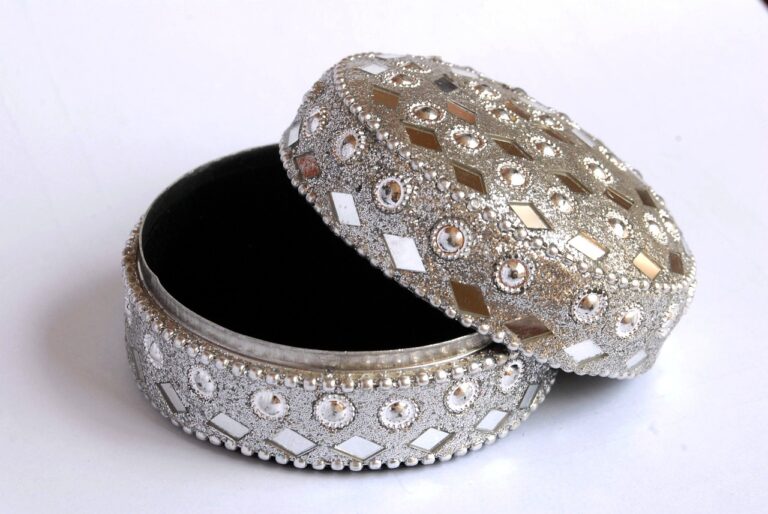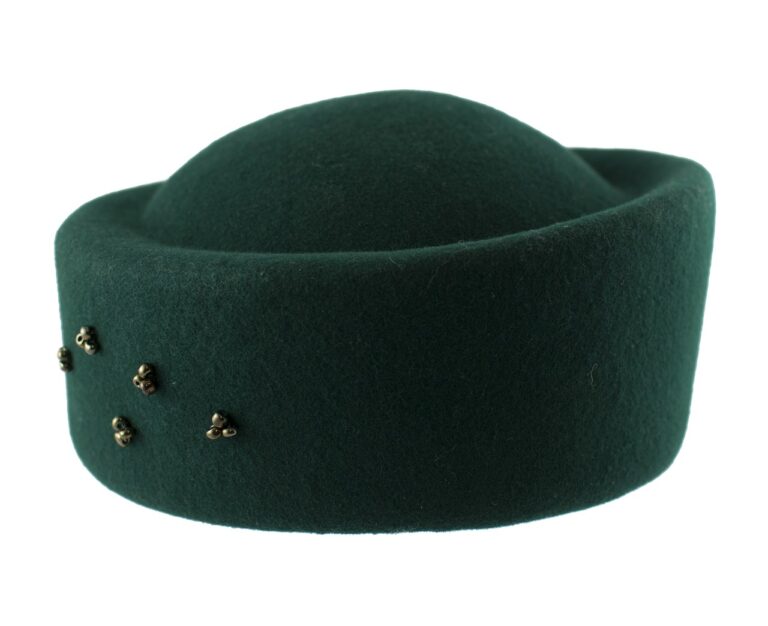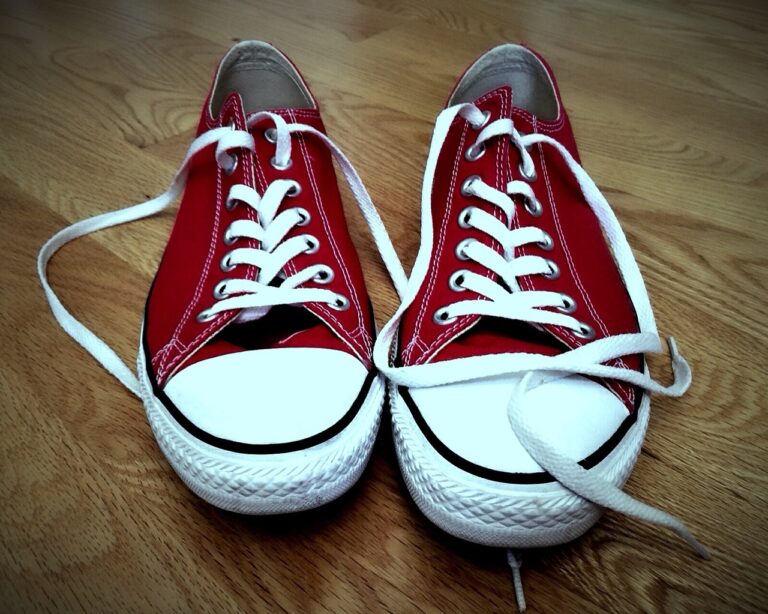Fashion and Architecture: Exploring Structural Design Elements in Clothing
When we think of fashion and architecture, it’s easy to see how these two seemingly disparate fields are actually deeply interconnected. Both fashion and architecture are forms of self-expression that reflect society, culture, and individual creativity. In this article, we will explore how structural design elements in architecture have influenced clothing design, leading to innovative and avant-garde fashion trends.
Origins of the Connection
The connection between fashion and architecture dates back centuries, with both disciplines sharing a common goal: to create functional yet aesthetically pleasing designs. In ancient civilizations, such as ancient Egypt and Greece, clothing and architecture were intricately linked, with garments often mirroring architectural forms and motifs.
Fast forward to the modern era, and we see a continued influence of architecture on fashion. From the sleek lines of Bauhaus architecture to the organic forms of Gaudi’s buildings, architects have long served as sources of inspiration for fashion designers looking to push the boundaries of traditional clothing design.
Structural Design Elements in Clothing
One of the most striking ways in which architecture has influenced fashion is through the use of structural design elements in clothing. Just as architects use beams, columns, and arches to create stable and visually appealing structures, fashion designers utilize similar principles to create garments that are not only aesthetically pleasing but also structurally sound.
One prime example of this is the use of geometric shapes in clothing design. Just as architects use geometric forms to create dynamic and visually interesting spaces, fashion designers incorporate geometric shapes into their garments to create bold and eye-catching silhouettes. Whether it’s a dress with sharp angles or a jacket with a curved hemline, geometric shapes add a sense of architectural flair to clothing design.
Another common structural design element in clothing is the use of draping and pleating. This technique, which involves folding and manipulating fabric to create intricate folds and textures, is reminiscent of the way architects manipulate materials to create innovative building forms. By using draping and pleating in their designs, fashion designers are able to create garments that are not only visually striking but also structurally interesting.
Architectural Influences in Fashion
Architectural influences can be seen in a wide range of fashion designs, from haute couture to ready-to-wear collections. Designers such as Issey Miyake, Rei Kawakubo, and Hussein Chalayan are known for their avant-garde approach to clothing design, often drawing inspiration from architectural forms and materials.
Issey Miyake, for example, is renowned for his innovative use of pleating techniques, which create garments that can be transformed into different shapes and silhouettes. This playful approach to design mirrors the experimental spirit of modern architecture, where architects are constantly pushing the boundaries of traditional building methods to create new and exciting structures.
Rei Kawakubo, the visionary designer behind the avant-garde fashion label Comme des Gar篮s, is another designer who draws inspiration from architecture. Kawakubo’s designs often feature bold silhouettes and unconventional materials, creating garments that challenge traditional notions of beauty and functionality. Her work blurs the line between fashion and art, much like the boundary-pushing designs of contemporary architects.
FAQs
1. How has architecture influenced fashion?
Architecture has influenced fashion through the use of structural design elements, such as geometric shapes, draping, and pleating. Architects and fashion designers alike draw inspiration from each other’s work to create innovative and avant-garde designs.
2. What are some examples of architectural influences in fashion?
Designers such as Issey Miyake, Rei Kawakubo, and Hussein Chalayan are known for their architectural approach to clothing design. These designers often incorporate geometric shapes, experimental materials, and innovative construction techniques into their garments, creating pieces that blur the line between fashion and architecture.
3. How can I incorporate architectural influences into my own wardrobe?
To incorporate architectural influences into your own wardrobe, consider experimenting with geometric shapes, bold silhouettes, and innovative textures. Look for garments that feature structural design elements, such as pleating, draping, and unconventional materials, to add a touch of avant-garde flair to your look.
Overall, the connection between fashion and architecture is a rich and dynamic one, with each discipline informing and inspiring the other. By exploring the structural design elements in clothing, we gain a deeper appreciation for the creativity and innovation that both fashion and architecture bring to the world.







